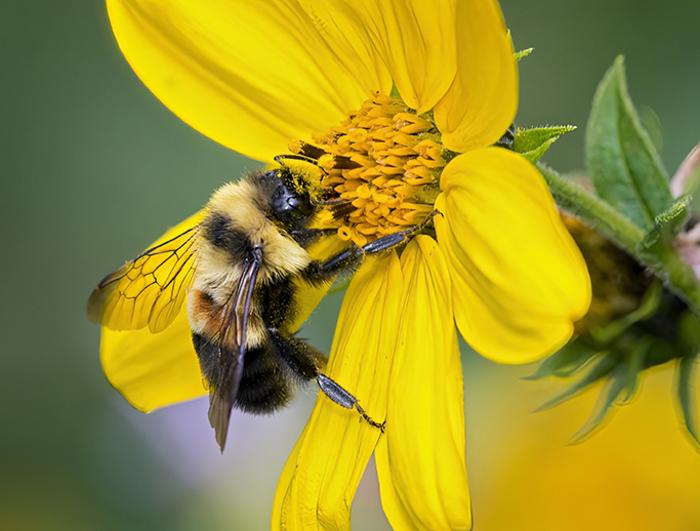Decline of Bumblebee Populations: A Growing Concern
A recent report from Environment America reveals a staggering 90 percent decline in bumblebee populations over the past two decades. While various factors contribute to this decline, including pesticide use and urbanization, climate change emerges as a significant culprit.
Critical Role of Bumblebees in Ecosystems
Bumblebees play a vital role in ecosystems as pollinators of flowers and crops. Their dwindling numbers raise concerns about the potential impact on crop yields and the delicate balance of nature.
Impact of Rising Temperatures on Bumblebee Decline
A new study published in Frontiers in Bee Science suggests that global warming-induced heat may be a key factor driving the decline of bumblebee populations worldwide. Lead author Peter Kevan from the University of Guelph highlights the detrimental effects of overheating nests and brood on bumblebee survival.
Temperature Thresholds and Colony Health
Research indicates that while bumblebees can tolerate temperatures up to 36 degrees Celsius, the ideal nest temperature ranges from 28 to 32 degrees Celsius. However, rising temperatures due to climate change exceed their thermoregulatory capacity, posing a threat to colony health.
Superorganism Dynamics and Adaptation Challenges
Bumblebee colonies function as superorganisms, relying on collective survival. The study suggests that limited adaptability to temperature extremes hinders their ability to cope with rising temperatures over time.
Implications for Bee Conservation
High nest temperatures not only affect bumblebee colonies but also threaten the health of honeybee populations. The findings underscore the urgent need for further research to better understand and address the impacts of heat stress on bee populations.
Call for Future Research and Action
Lead author Kevan emphasizes the importance of future research to advance our understanding of bumblebee health and conservation efforts. Collaborative efforts are needed to mitigate the threats posed by rising temperatures and safeguard these crucial pollinators.















































